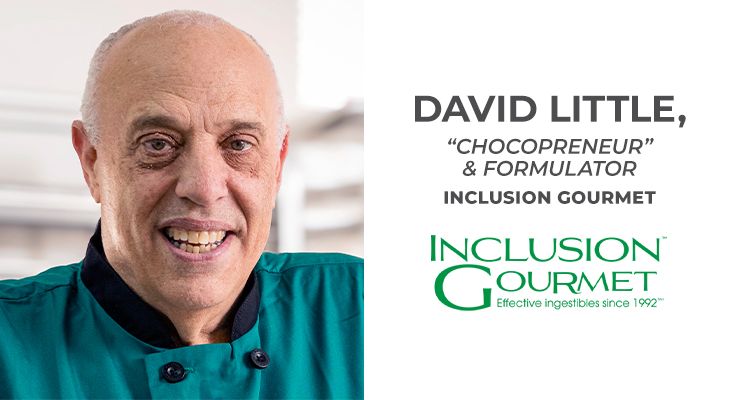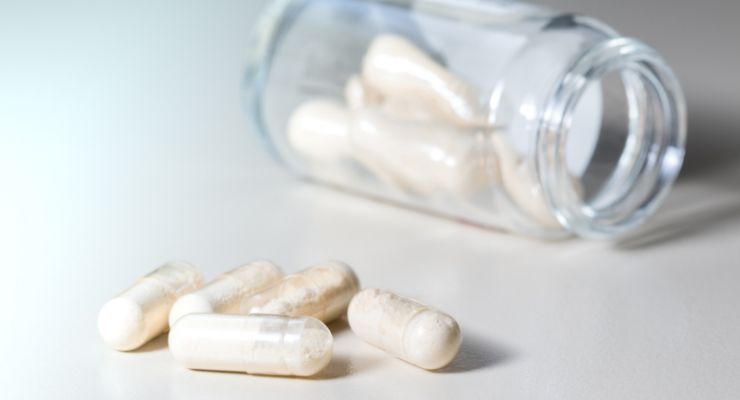Columns
Japan Insider: Eye Health in Japan: A Current Perspective
The market for eye health products is small now, but likely to grow in the future.
By: Ron Bailey

Eye Health in Japan: A Current Perspective
The market for eye health products is small now, but likely to grow in the future.
By Ron Bailey
Eye health is important in Japan just as it is in the U.S., but the primary focus, no pun intended, in Japan tends to be related more to eyestrain and eye fatigue rather than prevention of serious eye conditions such as cataracts and age-related macular degeneration (AMD). This has been the case for several years.
Pfizer Japan reported the results of a 2005 Internet market research study in Japan indicating that nearly 80% of adults over age 40 claimed to experience “abnormalities such as blurred eyesight.” Of those, nearly three-fourths believed the conditions were “just due to aging” or eyestrain unrelated to any disease condition. Further, a full 98% of respondents indicated that they consider eyesight the most important of the five senses.
Japanese consumers have traditionally considered “eyestrain” to be a short-term condition, which can be treated with available over-the-counter products such as eye drops. More serious conditions like cataracts and AMD are considered longer-term conditions more suitable for medical intervention. There is also an urban myth in Japan that brown-eyed people (most Japanese) are less susceptible to serious eye conditions such as cataracts and AMD than blue-eyed people, so there is less need for concern.
Japanese Government Involvement
Data from a 2005 report (“Statistical Abstracts on Health and Welfare in Japan”) issued by the Ministry of Health, Labor, and Welfare (MHLW) indicate that there were nearly 1.3 million cataracts treated in Japan in 2002—70% in women. Subjective data on “dimness of sight” and “visual disturbance” reported in the same MHLW publication clearly show the increasing concerns for these conditions based on age, beginning for both males and females in the 45-54 age range.
Even though the data suggest there are growing issues as they pertain eye health, particularly for a rapidly aging population, the government response has been somewhat limited in terms of non-drug prevention and treatment approaches. The National Institute of Health and Nutrition (an MHLW organization) has not yet chosen to use its annual national nutrition survey to focus directly on eye health issues. The MHLW currently has an active campaign that encourages the increased consumptionof colored vegetables, for example, but for the support of general health issues, not eye health specifically.
The FOSHU (Foods for Specified Health Uses) category of foods with health claims does not yet allow functional ingredient claims for eye health. It is possible that the short term concerns related to eyestrain and eye fatigue are too subjective and lack the necessary biomarkers to allow data to be scientifically supported. It is possible that the MHLW believes that the more serious eye health conditions cannot be readily prevented by non-drug interventions and that treatments should be managed by the pharmaceutical companies. It is also possible that the MHLW does not yet consider eye health to be a healthcare priority based on lower incidences of conditions such as cataracts and AMD in comparison with other developed countries.
The MHLW, however, has allowed the quantitative labeling of the anthocyanin content of food and beverage products due to the high level of consumer awareness and interest in this component which is found in many colored fruits, blueberries in particular. The Wild Blueberry Association of North America (WBANA) has been active in Japan for many years, successfully promoting the potential eye health benefits of wild blueberries to Japanese consumers. The cassis (blackcurrant) marketers are currently trying to establish a similar connection for their anthocyanin-rich ingredients.
Japanese Market Activity
In the absence of formal MHLW regulatory support, Japanese and overseas companies marketing their eye health products in Japan have had to creatively develop strategies for communicating the eye health benefits of their ingredients and products without making overt claims. A review of the guidebooks from the 2006 ifia Japan ingredients and additives show and the Health Ingredients Japan show is instructive in this regard.
ifia Japan 2006 exhibitor abstracts included:
• Bilberry extracts from Europe (without claims)
• Tart cherries from the U.S. “with anthocyanins”
• Highbush blueberries from the U.S. with “healthy antioxidants”
• Pinitol from Korea for “cataract prevention in diabetics”
• Black soybean seed coat from Japan for “improved eye function”
• Blackcurrant seed extract for “health of eyes”
Additional eye health exhibitors from the Health Ingredients Japan 2006 show included:
• Radiata pine bark extract from New Zealand for “eye health”
• Cassis (blackcurrant) fruit from New Zealand “anthocyanins to promote eye health”
• Saskatoon berries from Canada with “high levels of antioxidants”
It is interesting that many of the ingredient exhibitors active in the eye health category are overseas companies. This is in part because the sourcing of many of the most popular eye health ingredients takes place outside Japan. Lutein from marigold flowers and algae-derived astaxanthin are two additional examples of imported ingredients popular for eye health, although no eye health claims were included in their abstracts for these two shows.
A review of the last three 2006 issues of Japanscan Food Industry Bulletin provides additional perspective on new functional food and beverage product introductions targeted (at least on an implied basis) toward eye health:
• Blueberry probiotic yogurt
• Cassis juice
• Blueberry liqueur
• Blueberry/cassis beverage
• Cranberry/blueberry beverage
• Vegetable and fruit juice with “eye vitality lutein power”
• Blackcurrant juice with labeled anthocyanin (24 mg per 30 ml)
While on-label health claims are not allowed for non-FOSHU food and beverage products, eyestrain and eye fatigue relief are not considered to be health claims. Japanese consumers are well-educated about the potential benefits of each of the fruits and berries. The typical target market is for computer (over)users, students studying for exams, and long-distance motorists. Brand names and packaging graphics commonly are used to make implied health claims for such products.
Future Predictions
Until the MHLW decides that eye health maintenance is a priority issue, with disease prevention opportunities based on consumption of functional ingredients providing eye health benefits, the Japanese market for eye health nutraceuticals is likely to remain relatively limited. MHLW is expected to become more involved as the scientific base for eye health ingredients expands, but it will take time. Marketing opportunities already exist, as evidenced by the new product introduction activities. The most helpful incentive will be a public statement by the MHLW encouraging the development of an eye health FOSHU category, similar to the ap-proach currently being taken in establishing a formal Anti-Fatigue FOSHU category. Such an approach will encourage high priority new ingredient developments and additional non-FOSHU introductions, followed eventually by FOSHU products with approved health claims. Eye health science is already emerging that will help support such an effort.NW




















